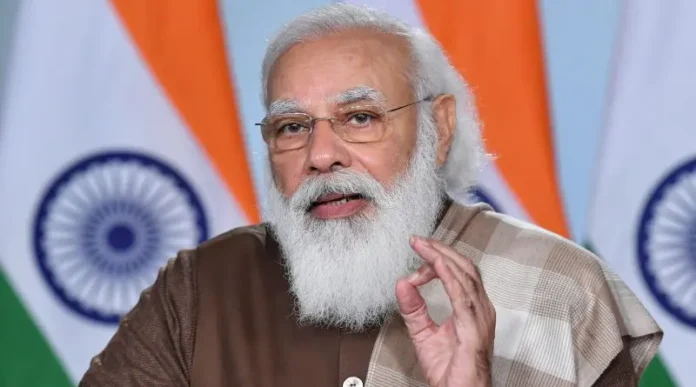Author: Subir Sinha
Affiliation: School of Oriental and African Studies (SOAS), University of London
Organization/Publisher: Geoforum/Elsevier
Date/Place: August, 2021/USA
Type of Literature: Analysis
Word Count: 5693
Link: https://doi.org/10.1016/j.geoforum.2021.02.019
Keywords: Modi, Authoritarian Populism, Tukde-Tukde Gang, Urban Naxals,and Hindutva
Brief:
The author uses a gentle tone, referring to “strong leaders,” to explain India’s atrocities and spread of violent nationalism in India. Crises aid authoritarian populism in development models, and instability in the economy enables authoritarianism and fascism. Modi’s strategy incorporates all of these, as he subordinates Neoliberalism to other characteristics such as Majoritarianism and new ruling goals. “Strong leader” authority alliances are unusual. Fewer people appreciate the importance of the media and social media in shaping the image of a strong leader. The international politics of strong leaders support national populist authoritarianism. But this “people/enemy” conflict fails in the absence of global enabling conditions. The deployment of state and non-state power against “enemies of the people” necessitates active public permission rather than passive public assent. When Modi warns that “enemies” (defined by religious and political affiliation) endanger “the pure people,” his authoritarian populism crosses the line into fascism. The rise of hyper-nationalism, religious majoritarianism, and militarism normalizes Hindutva leaders’ hate speech, inciting the assassination of opponents. Nobody opposes Modi’s Hindutva administration, as it has recycled the identities and hashtags of the tukde-tukde gang and urban Naxals. Another mosque was destroyed to make room for a temple, and a young Muslim comedian was arrested for ‘failing to deliver a joke.’ But re-inventing the concept of the “enemy of the people” has failed since the movement has gone global. After the international media exposed his abuse of sedition laws against activists and his blocking the internet and mobile signals to quell dissent, he finally restored 4G in Kashmir after 18 months. After environmental activist Greta Thunberg, musician Rihanna, and Kamala Harris’ niece Meena Harris had all spoken out to support farmers, several pro-farmer accounts were promptly reactivated; and senior Twitter India employees quit. In other sectors, Modi’s populism has shattered. Trump and the far-right in the United States aided Modi’s reelection to a second term; concerns that Hindutva supporters would join the extreme right in the United States on January 6, 2021, have harmed Modi’s relationship with the White House. Others urged Modi to stand up for democratic rights instead of the US far-right. Estimates of Modi’s downfall or new challenges remain visible. These opponents may be able to transcend populism’s current “people” and “enemy” images if they can build cross-caste, class, geographic, and religious alliances.
By: Maryam Khan, CIGA Research Associate




